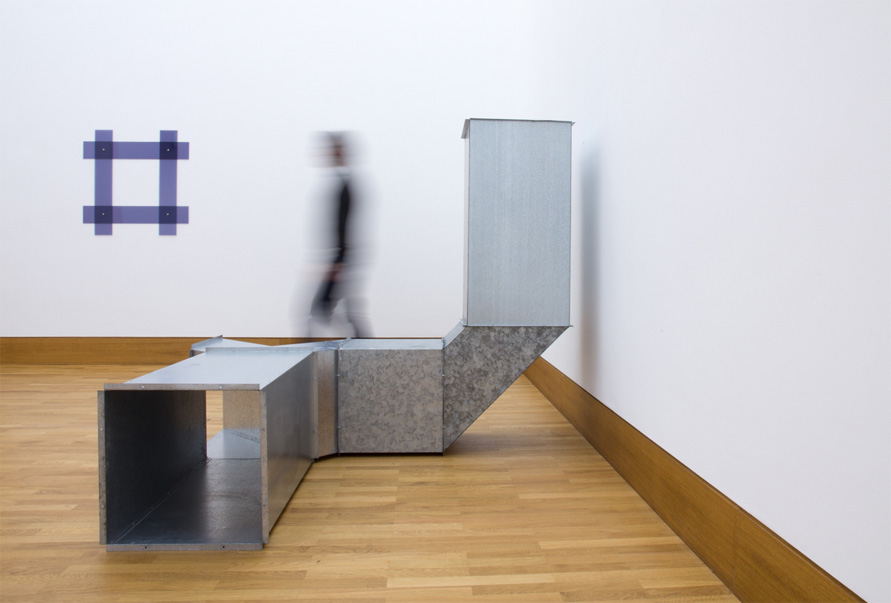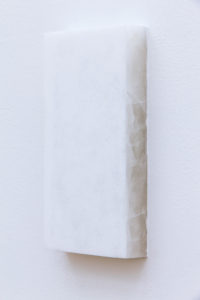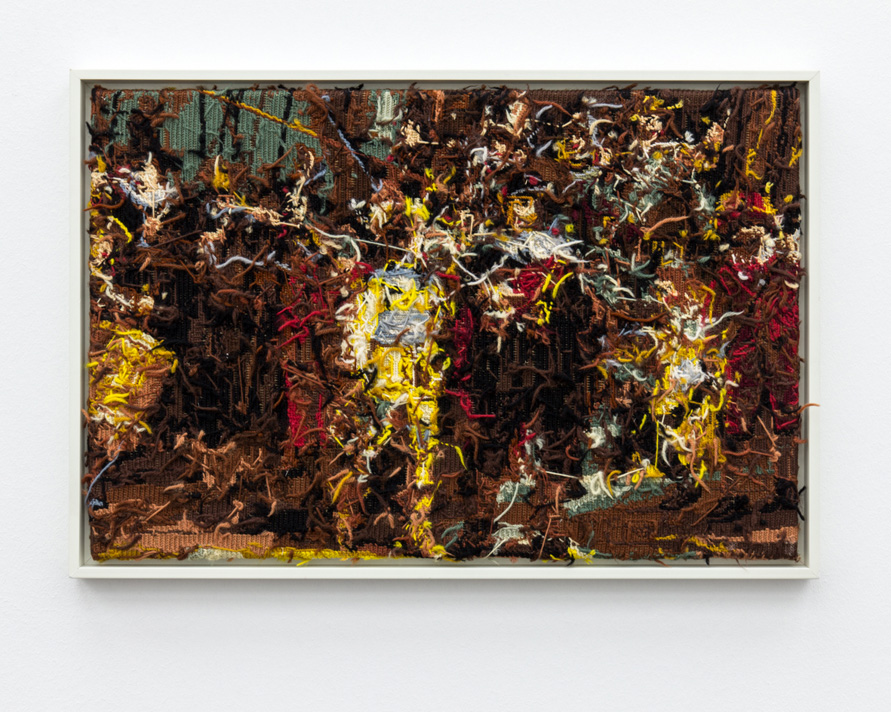Gallery Gisela Clement. Bonn
4 November – 22 December 2016
Midissage: 24 November 2016
Kirstin Arndt
Joachim Bandau
Erwin Bechtold
Andreas Exner
Allan McCollum
Susanne Paesler
Janet Passehl
Martin Pfeifle
Charlotte Posenenske
Franziska Reinbothe
Michael Reiter
Gerwald Rockenschaub
Peter Roehr
Rob Scholte
David Semper
Sara Sizer
Andreas von Ow
Herbert Warmuth
Anita Stoehr-Weber
Martina Wolf
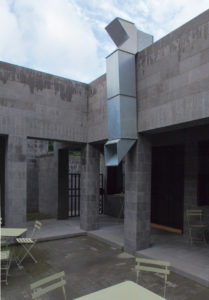
Exhibition View. Charlotte Posenenske. Gallery Gisela Clement. Bonn. 2016
Minimizing Modes The fifth exhibition in the series devoted to reduction in art explores various aspects of minimization: a reduced work method, a reduced shape, reduced content, a reduced size, a reduced weight, reduced material and reduced color. As such the exhibition is not subordinated to any external theme, but rather makes its theme a single common aspect that is innate to all the exhibits. This in no way detracts from their artistic peculiarity.
The act of reducing is fundamental to every context in our everyday world. It plays a positive role in technology, economics, science and language and is an important element in all rational construction. In art, however, minimizing has a risky negativity about it. This is because art strives for autonomy and traditionally distances itself from everyday matters (localization, plinth, frame), which represent the region of non-art, things with no artistic design, mere material. From a self-determination perspective this quarry is of no significance: it is artistically meaningless or – put radically – a non-entity. Ambitious art, however, is not content with operating in the terrain it is allocated by society; rather it attempts to extend self-determination and push its boundaries in everyday life. Accordingly, reductions in art are pressed ahead with to a point where it is no longer possible. Actually they tend to imply the disappearance of the work of art, for example as a result of the transience of the material. (Some artists work with ice, others with smoke or mold). Concept Art, which emerged in the 1960s, is totally immaterial. Art is largely in one’s mind.
The tendency to blur boundaries makes this type of art risky. The lack of details makes reductive art seem succinct, but poor. Unlike complex, detailed works of art with a tendency towards opulence, reductively oriented art, as previously stated, always operates on the verge of nothingness and sometimes, if they can go no further, the artists abandon the art. (In this context in 2003 the Museum Moderner Kunst [Mumok] in Vienna staged an exhibition of its own entitled “Kurze Karrieren” [Short Careers]).
Duchamp’s infamous Fountain, which in 1917 he just turned round, signed, and exhibited, is the perfect example of a reduction in working method. It marked the dawn of the ready made method, with which from then on artists exhibited every day objects largely without making any changes as art or integrated objects into their work. This method of working is in theory complex, in practice it is very simple. Burkhard Brunn
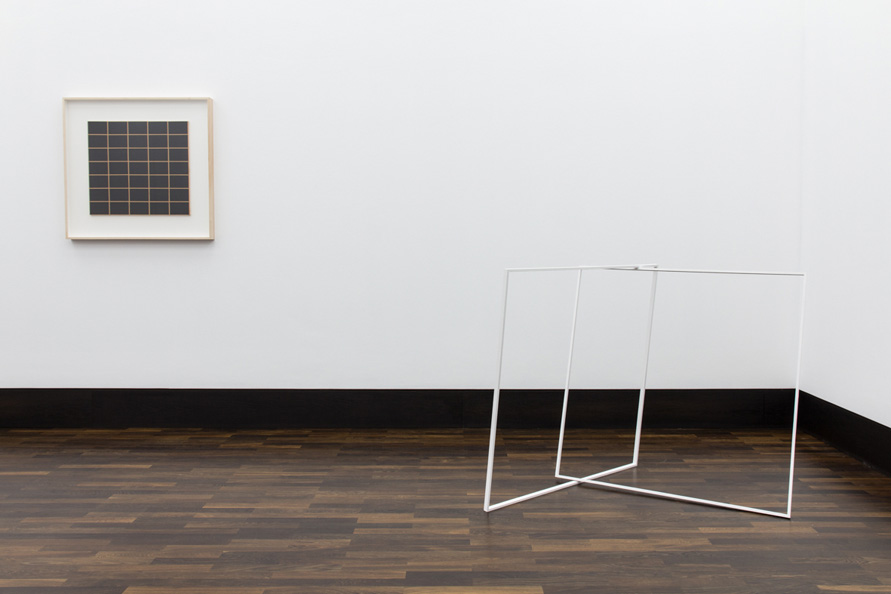
Exhibition View. Peter Roehr, Michael Reiter. Gallery Gisela Clement. Bonn. 2016
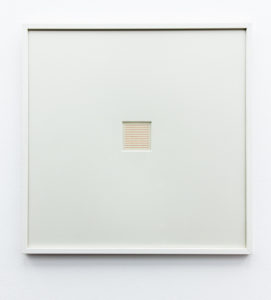
Peter Roehr
1962
Red dots (typewriter)
5 x 5 cm
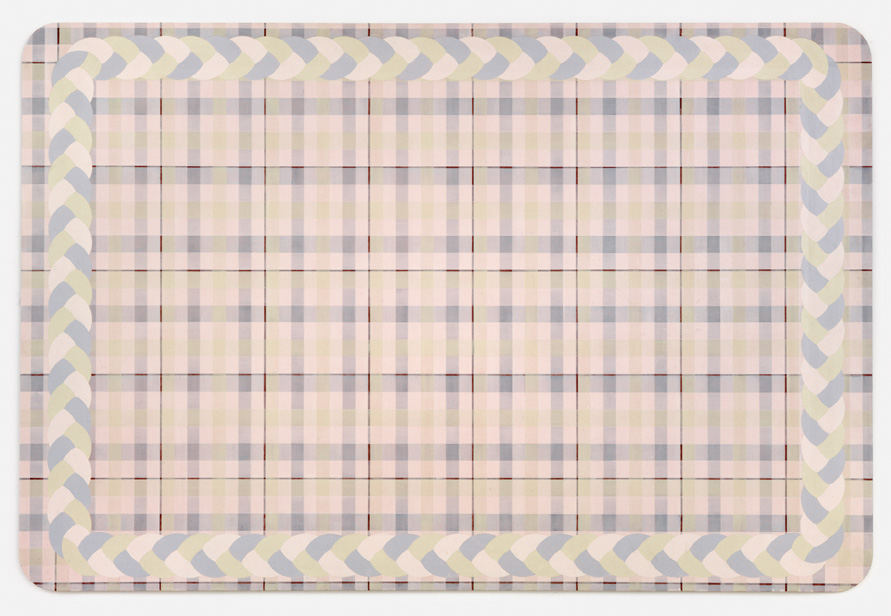
Susanne Paesler
1996
Paint on aluminium
120 x 180 cm
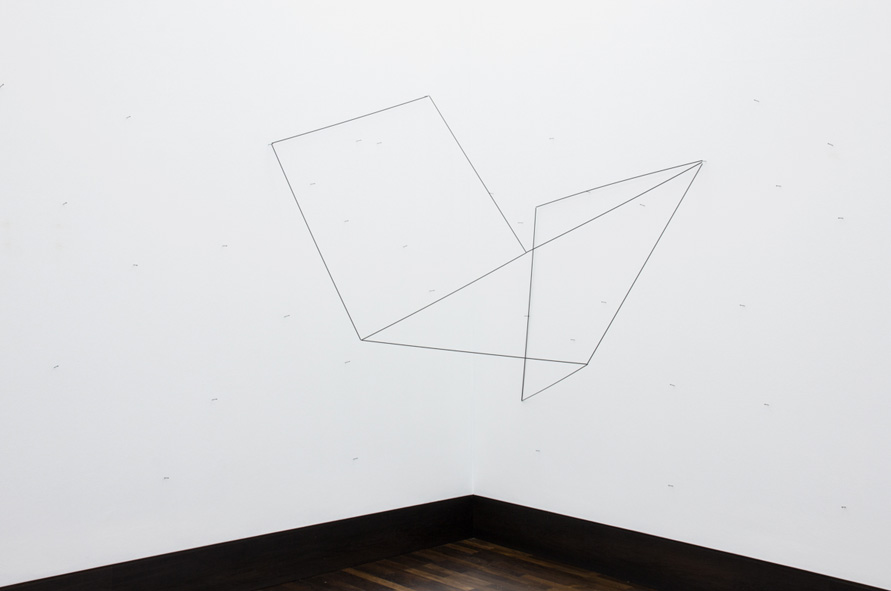
Michael Reiter
Swinging Geometry
2010
Carbon
100 x 300 cm
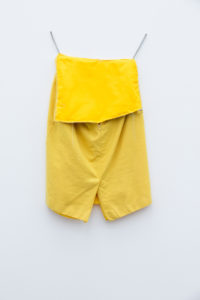
Andreas Exner
Skirt
2014
Yellow fabric
ca. 80 x 40 cm
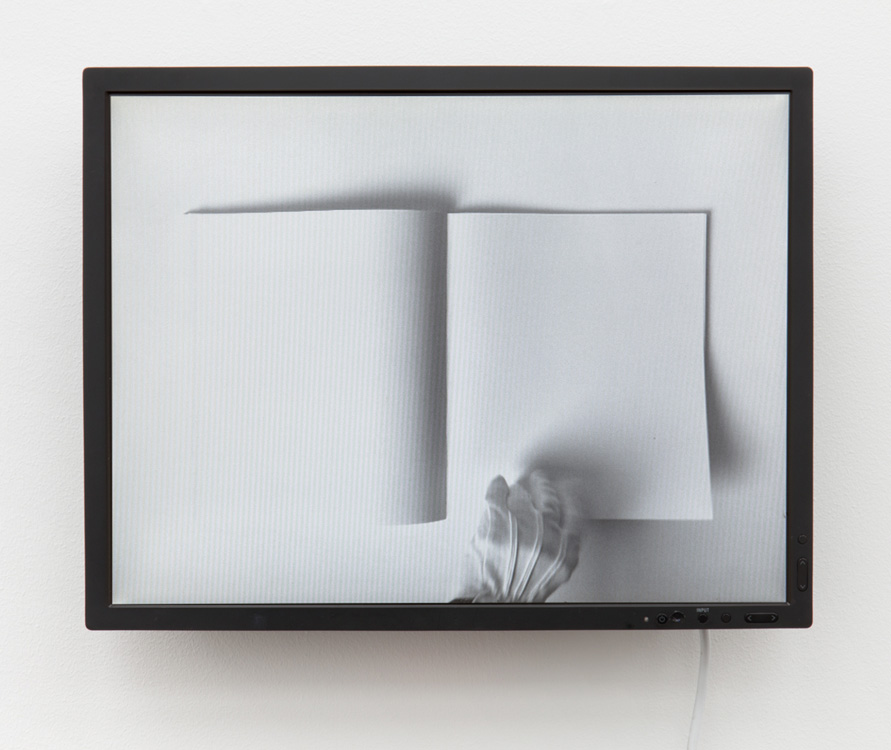
Martina Wolf
BUCH / BOOK
Frankfurt am Main. 2014
HD Video
Quicktime Movie H.264
1920 x 1080 px or 1600 x 1200 px / 25p
Mute. 45 min. Loop
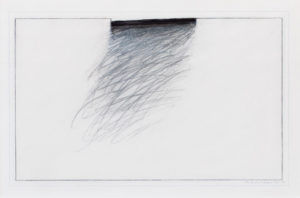
Erwin Bechtold
1977
Bleistift, Acrylfarbe, Zeichenkarton
17,5 x 28 cm
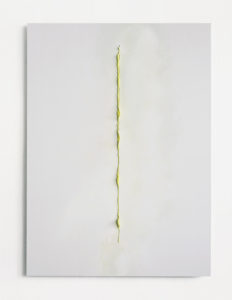
Herbert Warmuth
2015
White fabric
Aludibond
115 x 100 cm
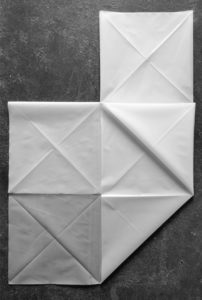
Martin Pfeifle
2010
Transparent paper, coated on both sides and folded
100 x 70 cm
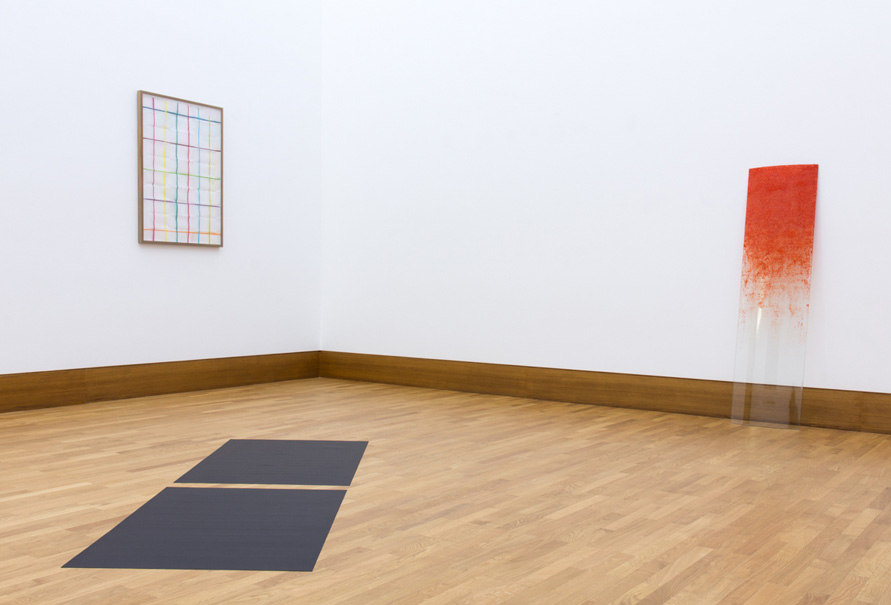
Exhibition View. Jannet Passehl, Andreas von OW, Martin Pfeifle. Gallery Gisela Clement. Bonn. 2016
Janet Passehl
2014
Black Plike paper
je 72 x 102 cm
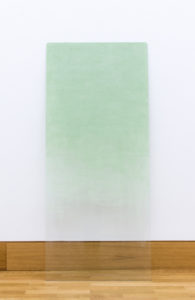
Andreas von Ow
Broken glass (green), casein, on found glass
158,5 x 40 cm
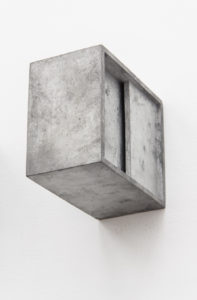
Joachim Bandau
Form
2008
Concrete
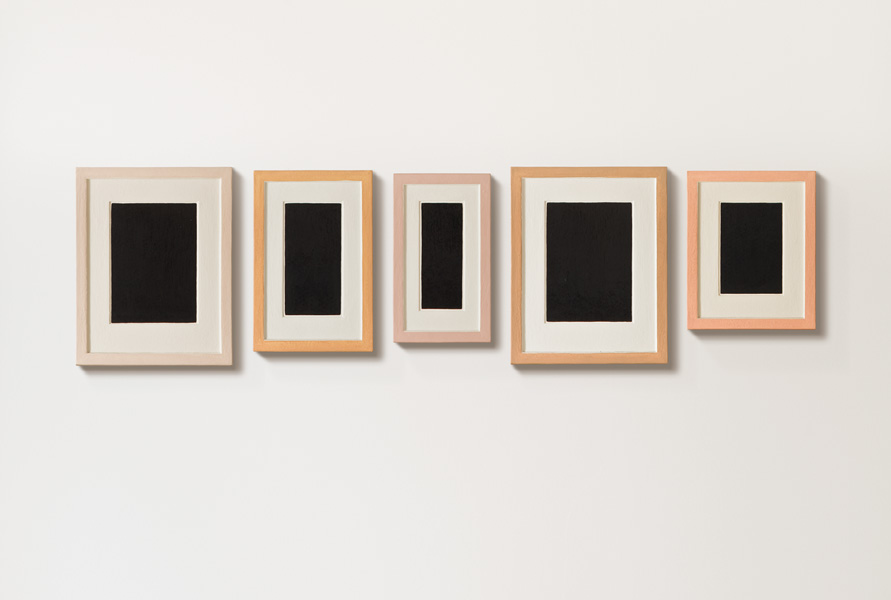
Allan McCollum
Plaster Surrogates
1982–1990
Plaster, paint
Set of five differently sized areas

Gerwald Rockenschaub
2015
Black and grey acrylic glass
Metal screws, washers
90 x 90 cm
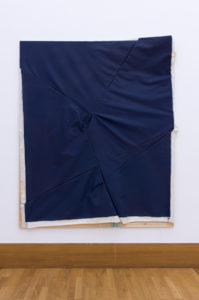
Franziska Reinbothe
Ohne Titel
2015
Acrylic on canvas
David Semper
2016
Alabaster, burnt, plastered into the wall
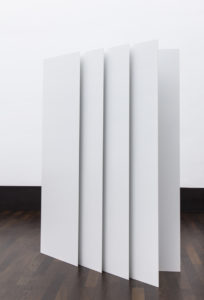
Kirstin Arndt
Untitled. (Ground work)
2015
Stainless steel (1 mm), powder-coated
4 parts, each module 120 x 40 x 40 cm
Variable arrangement
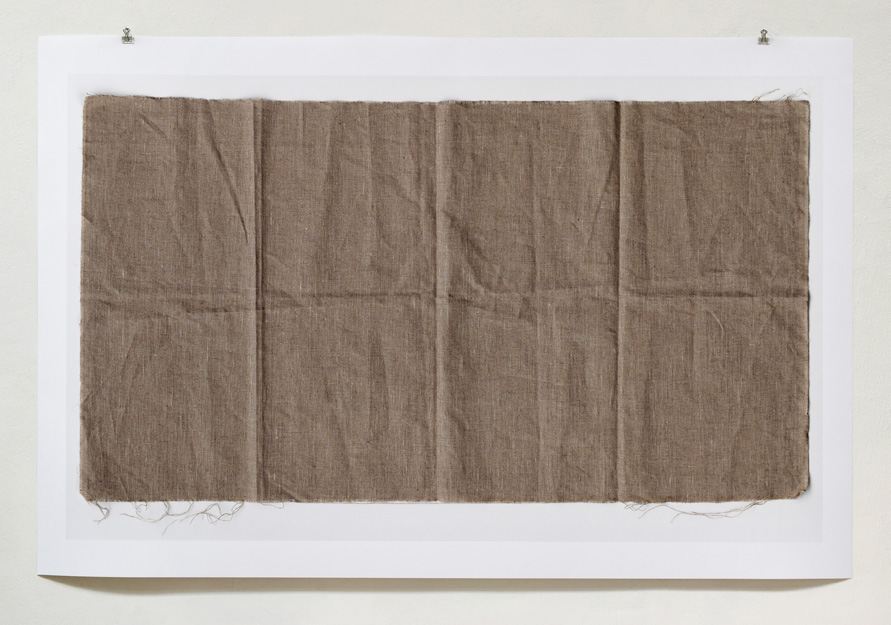
Anita Stöhr-Weber
2013
Digital pigment print
111,8 x 163 cm
Rob Scholte
2007
Embroidery
41 x 75 cm
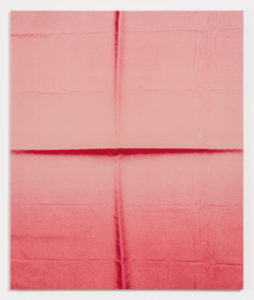
Sara Sizer
2015
Velvet on wooden frame
110 x 90 cm
